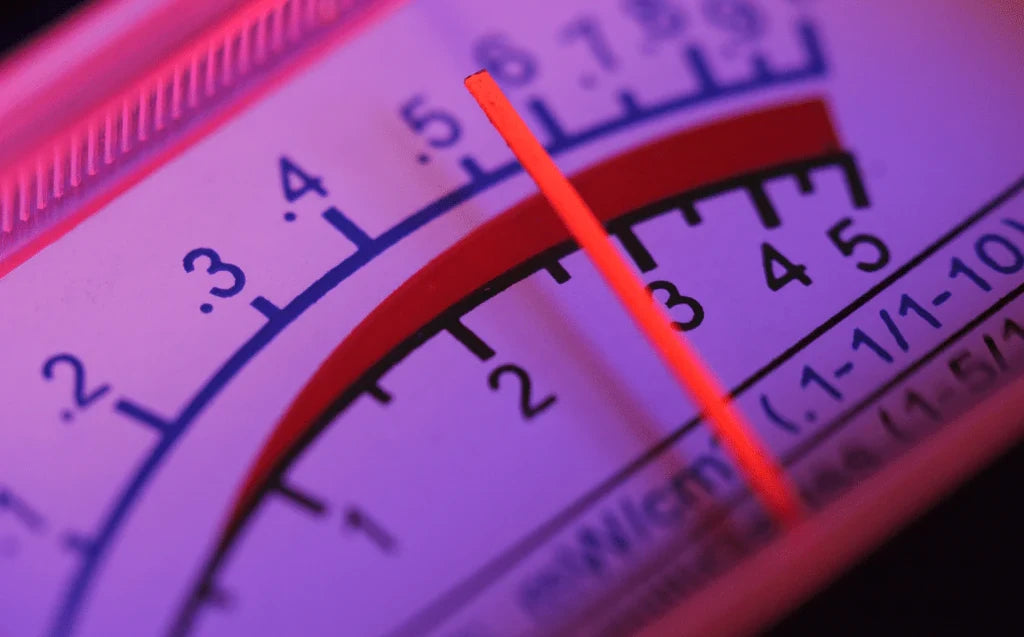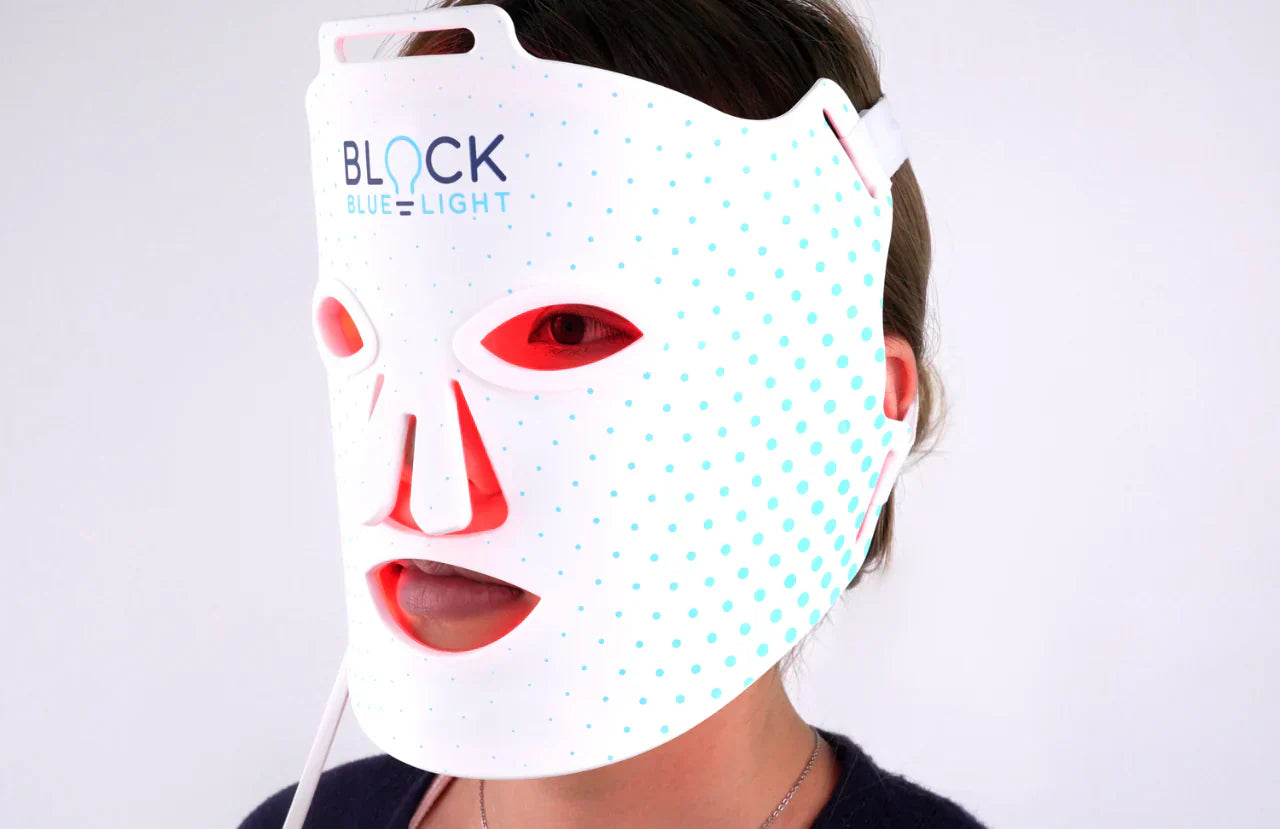What is EMF radiation?
We’re all used to the convenience that electric devices and indoor lighting provide. But have we stopped to think about the health risks of these artificial devices?
One concern with all electric devices is electromagnetic radiation. All our electric devices- routers, computers, wi-fi and even power lines and cables release a stream of invisible energy waves. We usually refer to these waves as ‘radiation.’ Scientists have been studying the harmful effects of radiation for decades now.
High levels of radiation- such as exposure from an atomic bomb or nuclear site can cause skin burns, radiation sickness and cancer. Although low-levels of radiation (such as from electrical appliances) do not cause immediate effects, but they can cause a small increase in the risk for various cancers.
Radiation is made of two types of energy waves;
- Electric fields, and,
- Magnetic fields.
These two types of fields are commonly called ‘EMFs’ (not to be confused with electromotive force) and they are the answer to the question, “what is EMF?” You may have heard of this term when discussing the EMFs of different lighting options.
In homes, light bulbs are one of the biggest sources of EMFs, particularly if you’re using LEDs or ‘smart bulbs’ (bulbs which are wi-fi enabled).
Types of EMFs in lighting
To answer the question, ‘what is emf radiation’ and how is it produced, we’ll have to talk about the 3 types of EMFs which are high in lighting:
-
Electric fields
When current flows in any conductor- whether it’s a wire, a bulb or an appliance, an electric field is produced. Alternating current (AC) is used for power supply in homes and buildings. In Australia, AC has a frequency of 50 hertz (Hz). This means that the current changes direction 100 times per second.
This changing electric current is what causes an electric field to be produced.The strength of the field depends on the voltage (V) that is applied.
-
Magnetic fields
Magnetic fields are produced simultaneously with electric fields because when electricity runs through any conductor, a magnetic effect is produced. You may remember studying about ‘electromagnets’ or doing those science experiments in school. Keep in mind that the strength of the magnetic field decreases dramatically when you move away from the source. Thus, magnetic fields of lighting that’s closer to you (such as lamps) will be stronger than ceiling bulbs.
The strength of this magnetic field depends on the current flowing in the wire, which is expressed in Amperes (A).
-
Dirty electricity
Dirty electricity is an umbrella term for when when the normal flow of AC current is disturbed, causing spikes and drops in the current in the wires. Any energy above the regular 50/60 Hz that is supplied to homes, causes problems.
When dirty electricity intensifies to higher frequencies, it can cause more damage.
The causes of dirty electricity are numerous- the abnormalities could be caused by:
- High and low power ebb
- Voltage variations
- Transformer issues
- Poor network communications, etc
Since you can’t change your power source completely, you can install dirty voltage filters and switch to appliances and lighting that have a smooth use of electricity.
Flicker and EMFs:
Another term that’s commonly used when discussing EMFs of lighting, is flicker. Flicker is rapid, quick changes in the brightness of light over time- it’s when light appears to flutter. It happens when the voltage applied to the light changes. Visible flickering can either be caused by a poor connection/poor wiring or because the mains' power is unsteady.
Sometimes flicker is visible, but often, the flicker in LED lighting is not visible. If the flicker can't be detected by the naked eye (above 100Hz), it’s called ‘invisible flicker.’
Invisible flicker has many side effects inlcuding neurological problems, epileptic seizures, dizziness, headaches, fatigue, eyestrain, impaired thought, and migraines.
All lights have invisible flicker, because the current that is supplied to homes and buildings is alternating current (AC). The greater the flicker, the more the EMFs released.
In the image below, we see the voltage line of the 50Hz frequency AC current that is supplied to homes in Australia.

In contrast to artificial light, sunlight is static and has no flicker.
Is EMF radiation dangerous?
Most researchers don’t believe that exposure to low levels of EMFs are dangerous to health. However, some researchers do question the safety of EMFs. Overall, the research is inconclusive to reach an answer.
Let’s dig deeper to answer the question, ‘Is EMF Radiation dangerous?’
First, let’s look at the EMFs of the sun and compare it with modern lighting.
EMFs of the Sun
Since the beginning of time, the sun has sent out energy to the universe, which releases electric and magnetic fields. We can feel the kinetic energy in the form of heat and see the visible energy of the sun in the form of visible light.
EMFs of electric devices lighting
Since the start of the 20th century, electric power lines spread out across the world. Following power lines, electric devices, lighting, and diagnostic equipment like X-rays and CT scans have become common, all of which release EMFs, or radiation. Now, the majority of the EMFs created come from artificial sources.
Despite all this increased exposure to EMFs, scientists are still not sure if they pose a significant health threat. There are two types of EMFs, depending on strength:
High-frequency EMFs can ionize our cells, which can damage cells and DNA. This comes from medical devices such as CT Scans, X-rays, gamma radiation and UV radiation from tanning beds and the sun.
This is non-ionizing radiation. This type of radiation doesn’t cause cancer but can have unpleasant effects. It comes from household appliances and lighting such as LED, fluorescent and incandescent lights.
This type of radiation found in homes has been classified by the International Agency for Research on Cancer (IARC) into Group 2B radiofrequency range, which means it’s a possible human carcinogen.
The most recent evaluation was conducted in 2011 and it pointed to a link between EMFs and cancer, particularly glioma, a malignant type of brain cancer. This conclusion shows that there could be a risk, whilst also stating that more long-term research was needed. There have also been links between EMFs and leukaemia, in both adults and children.
However, all reports stated that more research was needed.
How to reduce EMF exposure at home?
It’s almost impossible to stop using devices like our mobiles and microwaves to reduce emf exposure at home. However, when it comes to lighting, you do have control.
One option is to switch to low-EMF and zero-flicker bulbs and lamps.
These bulbs work on the same technology as power-saving LEDs, (which means low electricity bills!) but have mechanisms to stabilize the voltage, thus lowering the EMFs produced.
In this video, Marco from Spectral Design is one of Australia's top building biologists and a certified electrician.
He took it upon himself to test one of BlockBlueLight's light bulbs alongside another well-known Australian blue-blocking company's light bulb that also makes claims that their light bulbs are flicker-free and low EMF.
Marco wanted to use his expertise to verify if each of the bulbs is actually what they say they are.
Marco compared and tested the bulbs from BlockBlueLight and another well-known "blue-blocking" company for the following:
- Spectrum output
- Flicker rate
- Electric fields (EMF)
- Magnetic fields (EMF)
- Dirty electricity (EMF)
Marco uses a oscilloscope to demonstrate the flicker from an LED bulb, a CFL bulb (compact fluorescent lamp) and a low-emf and zero-flicker bulb from BlockBlueLight. He then compares them with sunlight and also another competitor who is claiming their bulb is low EMF and Flicker-free.
Image 1
This image demonstrates the static line of sunlight. We see that it’s a straight line, measured by a lab-grade oscilloscope.

Image 2:
Here is the same voltage line of an LED bulb. We see the peaks and troughs of the voltage line. These fluctuations cause the ‘invisible flicker’ and EMFs to be released.

Image 3:
Below are the voltage waves of a 20 Watt CFL bulb which has a frequency of 100Hz (more than the mains supply of 50Hz). The line is straighter than an LED but still demonstrates considerable flicker.

Image 4:
This is the voltage line of a bulb from BlockBlueLight. It’s as close to natural sunlight as you can get. This means that invisible flicker and EMFs are almost zero.

Image 5:
This is a similar "low EMF" light from a well known competitor bulb. You can see considerable flicker from the difference between the peak and troughs. They Claim their bulb is flicker free but this is clearly false information and this bulb actually has more flicker than a typical bulb you would purchase.

The key takeaways we got from Marco's testing analysis of the different light bulbs were:
- It is very easy for a company to throw claims out there and promote their light bulb as low EMF and flicker-free, but it's a very different thing to actually create one that does this.
- Be very careful with what blue light free light bulbs you buy, if you're buying lighting to improve your health, don't just take a company's word for what claims they post on their website, ask to see credible evidence that the light bulbs are in fact flicker-free and low in electric fields, magnetic fields, and dirty electricity (EMFs).
- True healthy lighting is much more than just making them blue light free. EMFs and flicker are just as important to mitigate for overall health.
- If you're going to make the investment into healthier lighting solutions, its extremely important to have complete confidence in who your buying them off, as you may actually be doing more harm to you and your health than good.
How to reduce EMF exposure at home by using low EMF bulbs:
As demonstrated above, using specifally designs low EMF bulbs will limit your exposure to EMFs. Low EMF bulbs, such as the bulbs from BlockBlueLight regulate the alternating current coming from the wire to a static current, before feeding it to the bulbs. This eliminates the invisible flicker which makes the light easy on your eyes and brain. This also minimizes the EMFs produced.
All of BlockBlueLight’s bulbs are circadian friendly too. This means that they have the same light spectrum as sunlight. You can read here about how blue light affects our health and why you should go for biologically friendly lighting.
If you’re overwhelmed with lighting options, we suggest you go with our BioLight Full Spectrum Light Bulb - This is a full spectrum light with 3 modes- daytime mode, evening and nighttime mode, which mimics the light colours of sunlight throughout the day, in addition to being zero-flicker and low-EMF!
References
http://www.iarc.fr/en/media-centre/pr/2011/pdfs/pr208_E.pdf
https://www.sciencedirect.com/science/article/pii/S0013935118301403
https://www.sciencedirect.com/science/article/pii/S0160412013002110





